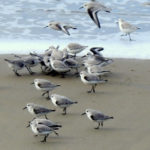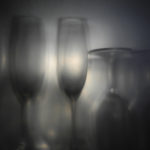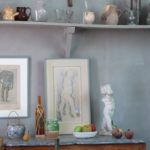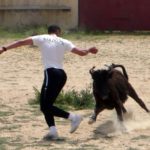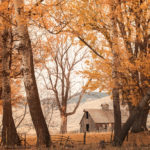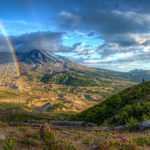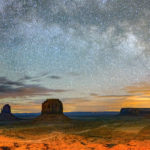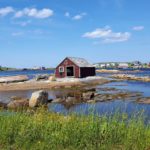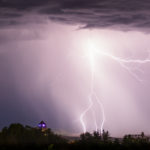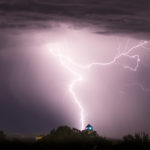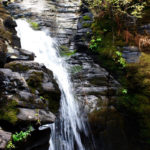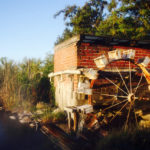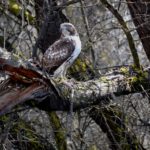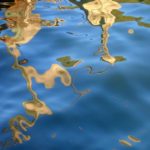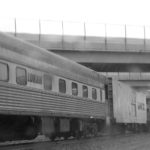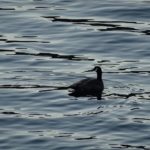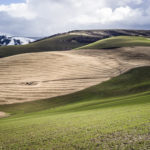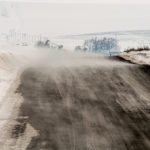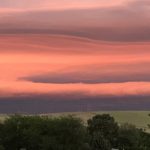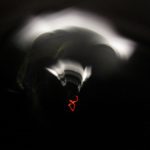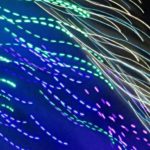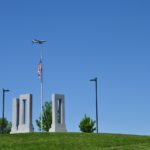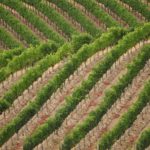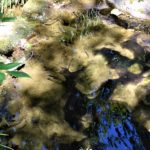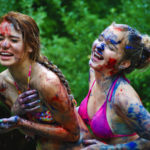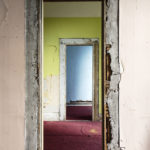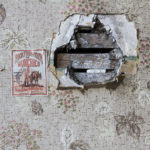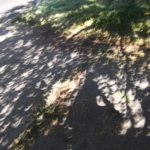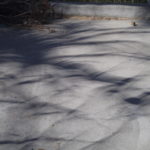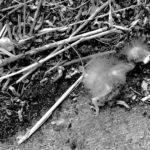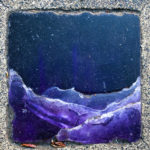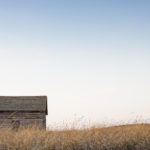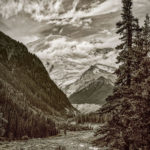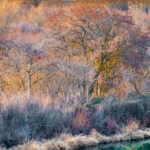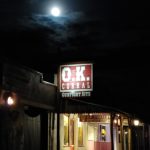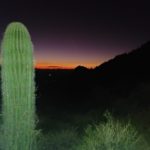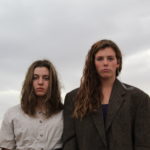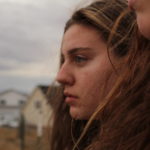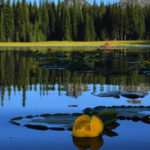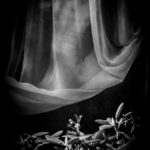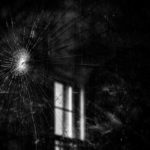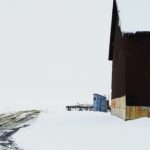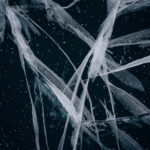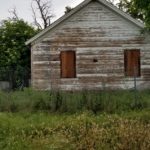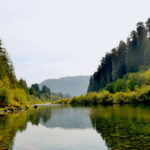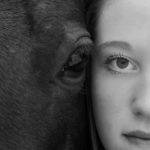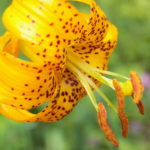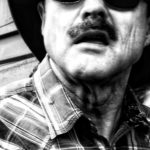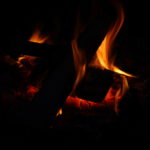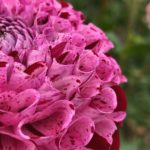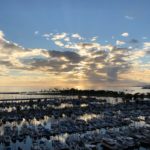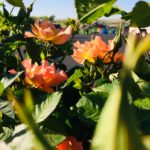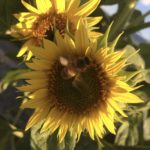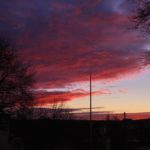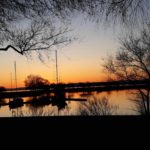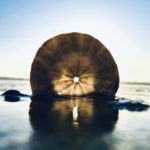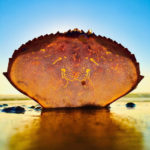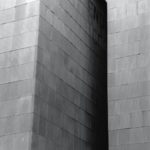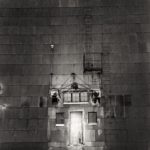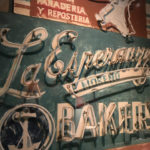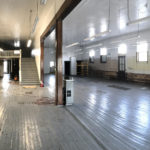
2020 Open Regional Photography Exhibit
Select any image to start the slide show.
- Diana LaSarge: Sanderlings at Moolack Beach
- Diana LaSarge: Life pattern of a Ponderosa Pine
- Andi Aldrich: Eye of the Dog
- Andi Aldrich: Wineglasses
- Tiffanie Andrews-Rost: Solitary
- Tiffanie Andrews-Rost: Piper on the Strand
- Anne Haley: Paying homage to Cezanne, his atelier in Aix en Provence
- Anne Haley: Camargue bullfighter grabs the rosette
- Susan Baird: To Everything There is a Season
- HONORABLE MENTION Susan Baird: I’ve Been for a Walk on a Winter’s Day
- Adam Sims: Mt St Helens Rainbow
- Adam Sims: Night at Monument Valley
- JoAnn Bertram: “Fogo Island Fishing Shed” Newfoundland- July 2019
- JoAnn Bertram: “The Courting Trail” Fogo Island, Newfoundland-July 2019
- Leo Corrales: Electric Disco
- Leo Corrales: Static Flash
- Criss Collier: High Valley Falls
- Criss Collier: JB Waterwheel
- Abby DeSteese: Lunchtime
- HONORABLE MENTION Abby DeSteese: Lake Reflections
- Brandy Dougherty: Through the Window
- Brandy Dougherty: Early Morning Lake
- Scott Duff: April in the Blues
- HONORABLE MENTION Scott Duff: Melting Snow Mist
- Brigit Farley: Thatched roof cottage at Malin Head, IE
- Brigit Farley: Spring sky over south Pendleton
- Shanna Fledderjohann: Ghost
- Shanna Fledderjohann: Flow II
- James Fly: America Strong Flyover
- James Fly: Flowing Rows
- Gary Thomas: Umatilla Guardian
- Gary Thomas: Shadow Dancers
- Kristy Gianandrea: Daughters
- Tara Graves: Paine Building
- BEST OF SHOW Tara Graves: Rocky Mountain Munchies
- Rebecca Hiers: Crescent Sunshine: Dappled Light Reveals Partially Eclipsed Sun
- Rebecca Hiers: In a Different Light: Solar Eclipse Creates Surreal Shadows of a Dead Tree Branch
- ADULT FIRST PLACE Jill Johnson: Sleepwalker
- Jill Johnson: Window to Pendleton Underground
- Jim Trumbull: Prince’s Cabin, Frenchtown, WA
- John Allen: Untitled 1
- John Allen: Untitled 2
- Sharie Kelley: The Famous Gunfight, Tombstone, Arizona 2019
- Sharie Kelley: Gates Pass, Tucson, Arizona 2019
- (TEEN) Katie Kelm: Cough Syrup
- TEEN SECOND PLACE Katie Kelm: Youth
- Kimberly Baum: Anthony Lakes
- Lawrence Hathaway: Window on Howard Street 16 April 2020 (Coronavirus Series)
- ADULT SECOND PLACE Lawrence Hathaway: Window on Second Avenue
- Kathy McConnell: Road North
- Kathy McConnell: Afloat
- Debbie McIntosh: UNTITLED
- Debbie McIntosh BAIKAL
- Carmen Nally: Broken Promises #1
- Carmen Nally: Broken Promises #2
- PEOPLE’S CHOICE AWARD & TEEN THIRD PLACE Lucy Oyama: Pure
- (TEEN) Lucy Oyama: A Reflection of The Heart
- Pamela Elbert Poland: Columbia Lily
- Pamela Elbert Poland: Narcissus
- ADULT THIRD PLACE Brian Purnell: A Slice of Round Up (2019)
- Brian Purnell: Double D Saloon (2019)
- George Roberts: Embers
- George Roberts: Loyalty of the Hungarian
- Barbara Roloff: Mesmerizing Beautiful Dahlia
- Barbara Roloff: Honolulu Lulu Afternoon
- (TEEN) Savannah White: A Bugs Perspective
- (TEEN) Savannah White: Mr. Fancy
- Sky Muilenburg: Bright Faith
- Sky Muilenburg: Beautifully Chaotic
- Stephen Shafer: Jupiter
- Stephen Shafer: Passage
- Tekianna Raymond: La Vie En Rose
- Tekianna Raymond: Mountain Breeze
- (TEEN) Naomi Travis: Sand Dollar Horizon
- TEEN FIRST PLACE Naomi Travis: Protector
- Larry Wright: Holdman Grain Elevator
- Larry Wright: Grain Elevator, Road 1127
- Amy Rogers: Baker Neon
- Amy Rogers: Sanctuary
Tara Graves: Rocky Mountain Munchies
“I appreciate the layering of surfaces and information in this photograph, as well as the muted, largely harmonious tonal range. I am curious about Rocky Mountain Munchies–when was that placed on the wall, and how long ago was the lathe and plaster assembled, the bones of the building formed? Photographs of residue build up that alludes to time and change (paint layers, wallpaper, broadsides on walls, flyers on telephone polls) are an established photographic subject. Making this type of photograph stand out today means crafting a solid image and composition. I believe this photograph achieves that.”
Jill Johnson: Sleepwalker
“Whenever I curate an exhibition or select works for a competition, I cannot separate my personal self from my professional self. I know I am drawn to this photograph partially because of where we are in the nation at this time. Death and pain surround us, whether from pandemic realities or from the outcry over injustice and racism. This photograph is well composed and meaningful apart from these realities, but I saw this photograph through the lens of this collective moment in our history, and that adds deep and poignant meaning for me.”
Lawrence Hathaway: Window on 2nd Avenue
“As with Jill Johnson’s photograph, this image feels very timely. The composition is lovely, the tonal range is attractive, and I appreciate the sense of depth that lends mystery and visual confusion to the work. Am I looking at a bullet hole and its resulting splintered glass? If so, why was a weapon fired? What was the bullet intended to do? Broken windows indicate a breach of the membrane between inside and outside. What is or was inside that warranted the breach? And is this damage repairable?”
Brian Purnell: A Slice of Round Up
“I appreciate the community aspect of this photograph–it was made during and at the Pendleton Roundup and it’s important that community arts centers, whether large museums or small grassroots-based organizations, pay attention to their immediate communities. The Roundup is specific to the community and should be explored and documented in many ways. I love the very flat, cropped nature of this image. It feels as if I’m trapped in a crowd and am physically linked to this stranger next to me, and I am very uncomfortable. I do not mind photographs that make me uncomfortable! I am often drawn to photographs of people, and I love photographs of crowds and spectacles, although I do not like to be part of large crowds in person.”
Naomi Travis
“I love the exploration of light, color, perspective, and framing in this photograph. I’m so interested in the shape that presents itself to me so boldly and luminously. Until I get a better sense of its surroundings it feels very abstract. Once I understand that it is something water-related (I believe it’s some type of shell but I don’t feel the need to know exactly what it is because I’m enjoying its form too much), I marvel at the translucence and patterning. Many photographs allow the viewer to move in and around the composition. This shell prevents that, although we can peek behind it a bit. I like photographs that meet me with this kind of force and presence, and the title hints at this feeling. Beautiful hues, too!”
Katie Kelm
“I love the depth of field and cropping in this photograph. The most in-focus part of the image, the foreground, does not offer me a full view of the subject. I appreciate that, it makes me feel as if I’m standing next to this in person and am focusing primarily on the wisp of long hair that flutters with the wind. From there I move to the next figure, who steadfastly gazes outward. I do not see what this person sees, and although I’d like to, I’m happy to focus on their intense gaze. I appreciate the softened background, which suggests domesticity. The inclusion of the utility pole as a compositional device is also very strong.”
Lucy Oyoma
“Ah, nature. It can be so soothing! Photography of the American West has a long and important history, and it’s great to see that tradition continuing. I love that the photographer is positioned IN the water, not beside or around it. It’s a wonderful compositional device–the water’s edges lead our eye to the middle- and background. I appreciate that the vanishing point seems centered but the water’s flow moves our eye to the left and away from the center toward the distance. I also appreciate the muted tones of the photograph. Although there are a few colors that stand out, the overall color is unifying.”

